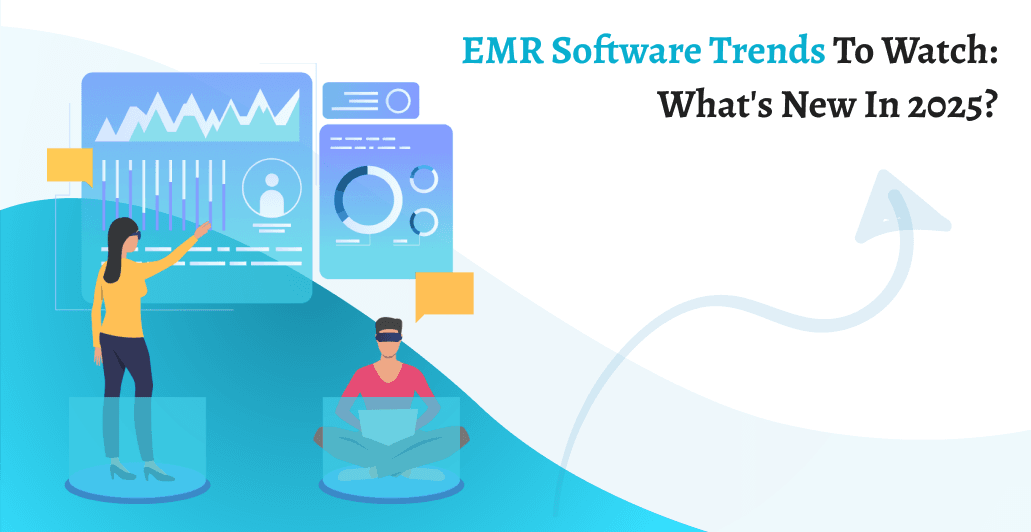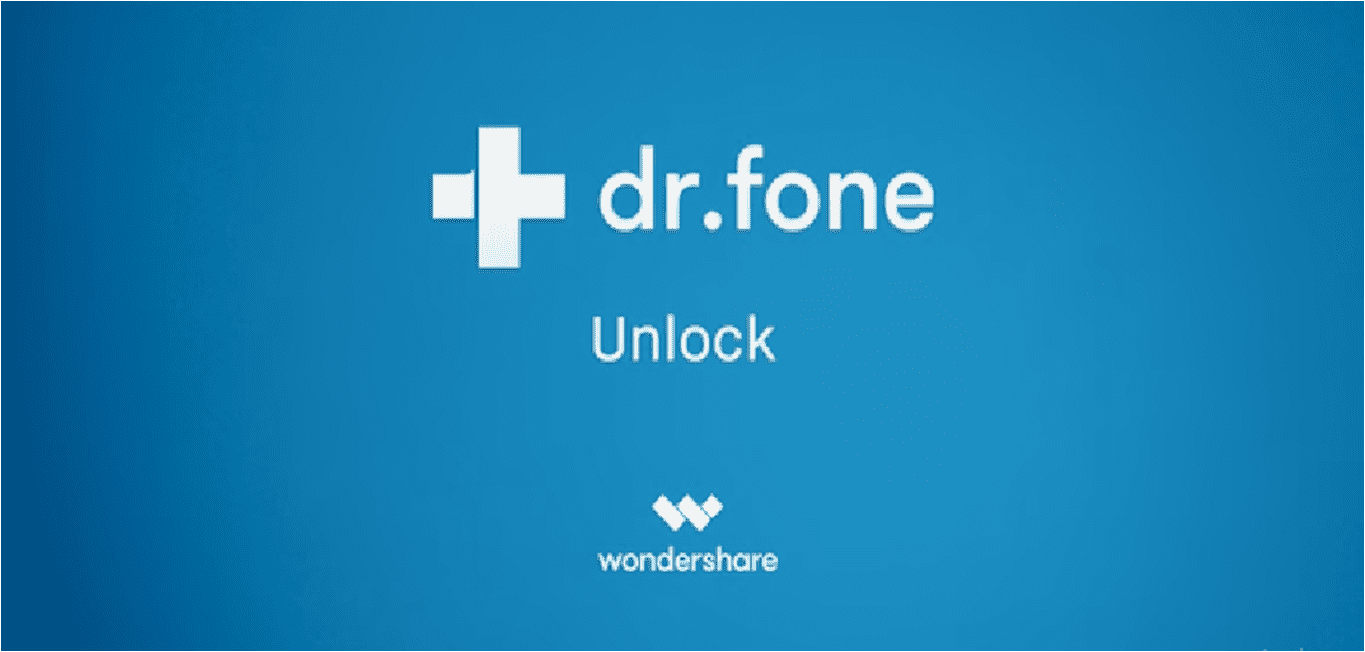
It has been strongly apparent in this ever-evolving healthcare technology world that EMR software assists in shaping the direction that will be adopted for the handling and use of patient data. As we proceed into 2025, evolution and trends with respect to EMR systems keep changing the ways through which healthcare shall be administered henceforth. Below, the following article describes what constitutes the EMR Software in trends including AI-driven features and interoperability.
What is EMR Software?
EMR or electronic medical records software is a computerized method meant to efficiently manage and store information in a well-updated way with easy access to get the patient’s medical records. Contrasted with the manual paper-bound, it helps bring fast access, more precise, and effective coordination between multiple healthcare providers for a single point of treatment, and most consider the best available EMR software their backbone for functional efficiency.
Best Trends in EMR Software for 2025
1. AI-Enabled EMR Software
The EMR software is becoming highly intelligent and easy to use, thanks to the emergence of AI. Some AI-enabling capabilities of this EMR software are the predictability of patients’ outcomes, automation of the workflow, and elimination of repetitive work activities like billing and scheduling. The interoperability of EMR with AI in health systems will have better decision-making and decrease administrative workload among healthcare professionals.
2. Interoperability and Data Integration
The healthcare industry’s greatest difficulty is failing to achieve interoperability between the various EMR systems across multiple care providers. In 2025, interoperability will mean that EMR software will work harmoniously with other healthcare technologies, such as EHR Software, and electronic Health Records. It will, therefore, be able to share the data of the patients without undermining the security and care coordination.
3. Cloud-Based EMR Systems
Cloud technology revolutionized the EMR software that was deployed and accessible. Cloud-based EMR ensures scalability and data security plus access for use anywhere from hospitals and clinics. It reduced the need to establish extensive IT infrastructure and decreased costs while simultaneously increasing its efficiency.
4. Focus on UX
Technology has evoked a greater need for intuitive design, and in the year 2025, the best EMR software puts much emphasis on user-friendly interfaces, thereby lowering the learning curve associated with the use of EMR software among healthcare professionals. Better UX helps doctors and nurses take cues while navigating through the system, thereby increasing acceptance rates and productivity.
5. Mobile-First EMR Software
In the health sector, mobile access is no longer a luxury but a necessity. EMR software companies are more and more working on mobile-first solutions to enable easy access to patient data, update records, and communicate with colleagues from a smartphone or tablet to help on-the-go practitioners.
6. AI-Assisted Documentation
For years, the most painful activity for EMR systems has been manual data entry. Today, AI-powered EMR Software is able to transcribe voice notes automatically, summarize interactions with patients, and prepare reports. Such an activity saves time but ensures documentation is accurate and complete.
7. Customization and Personalization
Any kind of personalization toward certain workflows and specialties in the custom features is good enough to work with in a one-size-fits-all; therefore, the old one-size-fits-all for each hospital and clinic is old-fashioned. All the right EMR software tools for 2025 make everything, from dermatology to cardiology, receive what it needs with customized EMR software.
8. Telemedicine Integration
Most followed telehealth services were the inclusion of telemedicine features in EMR software. In 2025, more EMR systems were integrated with features that allowed virtual consultations, online prescriptions, and remote monitoring. This is increasing the convenience of patients and access to care.
9. Increased Adoption by Small Practices
EMR systems apply only to large hospitals since they are very complicated and expensive. However, by 2025, they have adopted a very high percentage of small and medium-sized practices because there are simple, cost-effective, and fit-for-purpose EMR software solutions available that address the unique needs of the smaller healthcare providers.
10. Sustainability and Green EMR Systems
As an area of high interest for industries towards sustainability, healthcare is no exception. Now, EMR software companies also started using green practices, first by reducing paper intake and energy consumption adjustment. Cloud-based EMR software also reduced the carbon footprint of institutions within the healthcare industry.
Best EMR Software in 2025
Since so much improvement is seen in EMR software, it’s pretty hard to make the right decision. Some of the important considerations are as follows
- Scalability: The EMR system must be able to scale according to your practice.
- Interoperability: Find out what systems work well with other tools.
- User Experience: The interface is to be simple and intuitive.
- Support and Training: Choose EMR software companies that have robust customer support and training.
- AI Capabilities: AI makes efficiency and accuracy fantastic.
Conclusion
the EMR software is in for a definition of healthcare delivery. From innovations driven by artificial intelligence to higher interoperability levels, these trends promise to take EMR systems to unprecedented efficiencies, user-friendliness, and accessibility. This will be well in place irrespective of whether one is a hospital administrator, private practitioner, or a tech enthusiast, as getting updated on all these trends is sure to give the full realization of EMR software in the coming years.
In this regard, the best investment is not in any EMR software technology update, but in telemedicine for better patient outcomes and streamlining the healthcare process. And so, moving through this gargantuan world of EMR systems, do not forget that the future is digital, and it’s already here.








